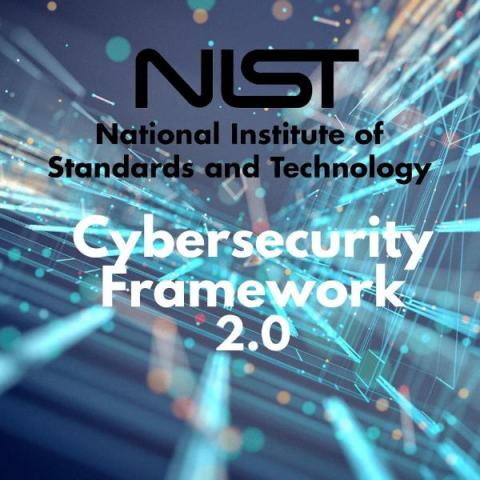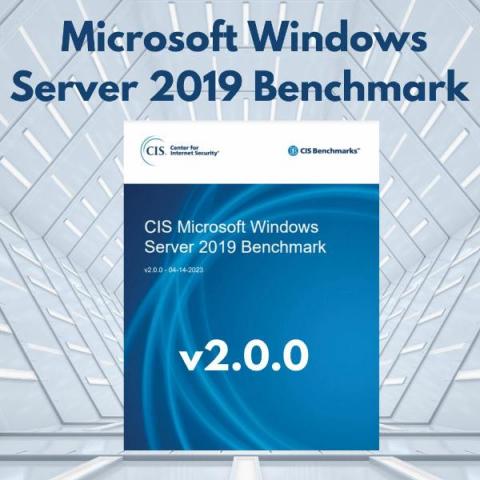RDP: Do Not Allow COM Port Redirection- The Policy Expert
Do not allow COM port redirection in RDP is the name of a security setting stated in Windows servers CIS benchmarks/STIGs. A COM port is an I/O interface that enables the connection of a serial device to a computer. In some cases COM ports are called “serial ports”. Most computers are not equipped with COM ports anymore but there are many serial port devices still used in computer networks.











